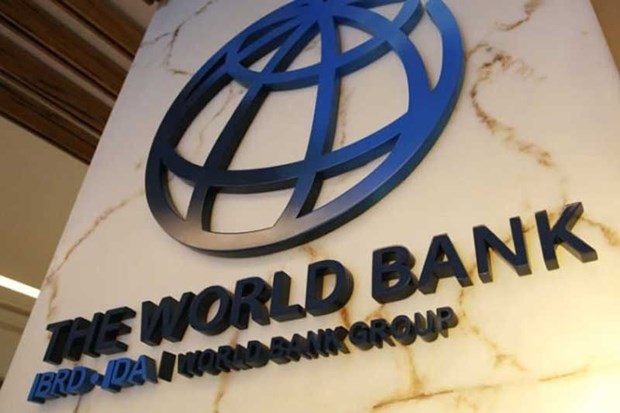WB helps Philippines increase financial resilience to natural disasters
The World Bank (WB) has approved a 400 million USD loan to help the Philippines increase its competitive capacity, enhance fiscal sustainability and strengthening financial resilience to natural disasters and climate change.
-
 Malaysia’s exports hit record high in October
Malaysia’s exports hit record high in October
- IMF predicts Thai growth at 1.6% for 2026
- Earthquakes rattle parts of Southeast Asia
- Southeast Asia’s digital economy to top 300 billion USD by end 2025
- Severe flooding reported in central Thailand
- Thailand demands Meta explain massive personal data leak affecting millions of users
- Thailand launches programme to boost tourism in border provinces
- Indonesia’s palm oil production set to rise 10% in 2025
- Timor-Leste seeks trade & investment expansion following ASEAN accession
- Vietnam to supply rice seeds for Cuba’s 2026 crop



